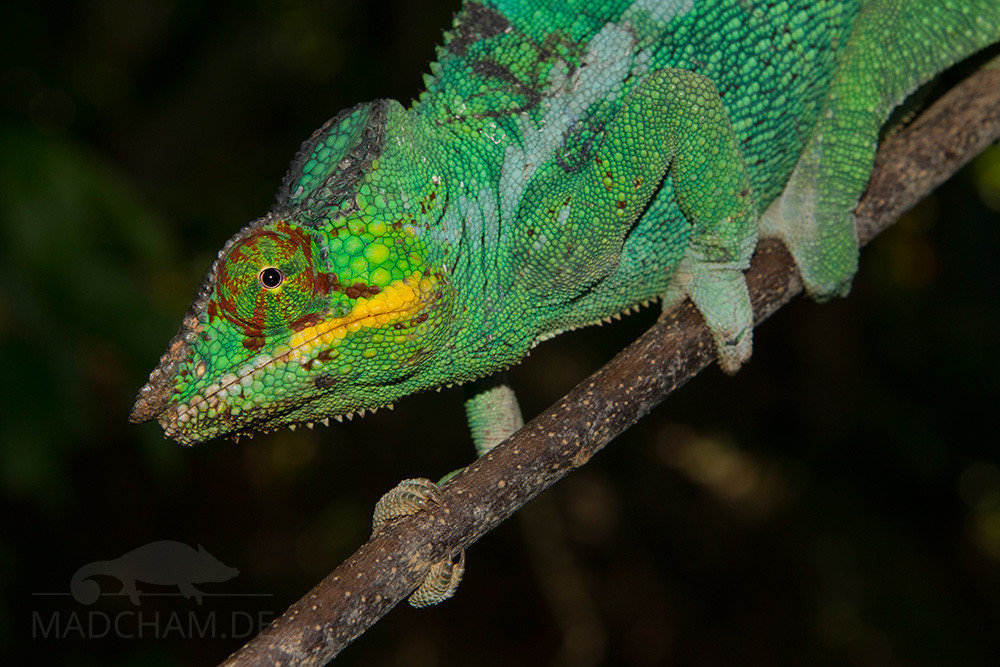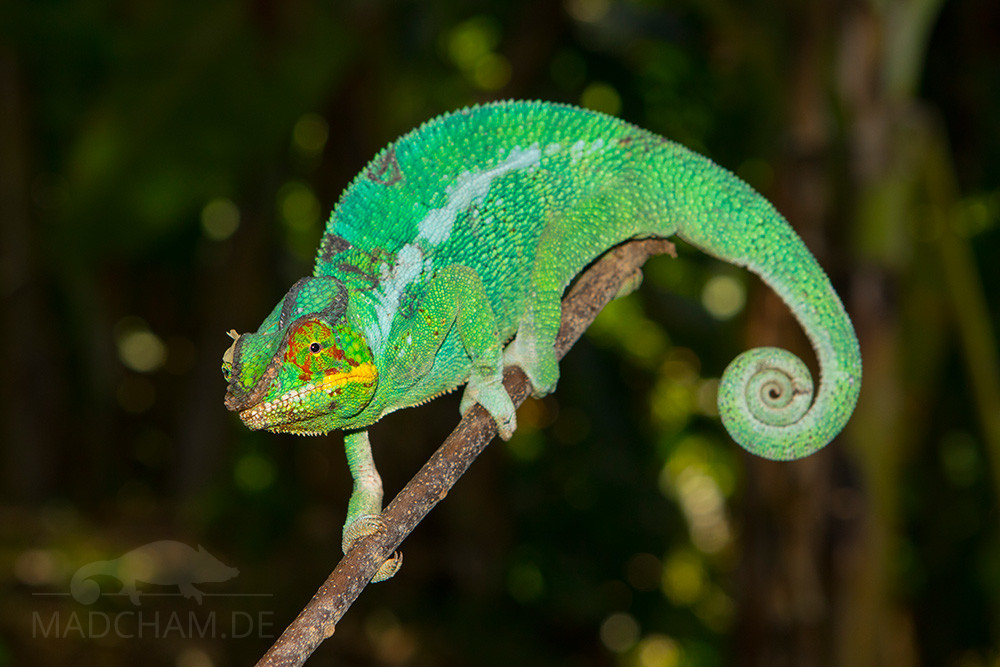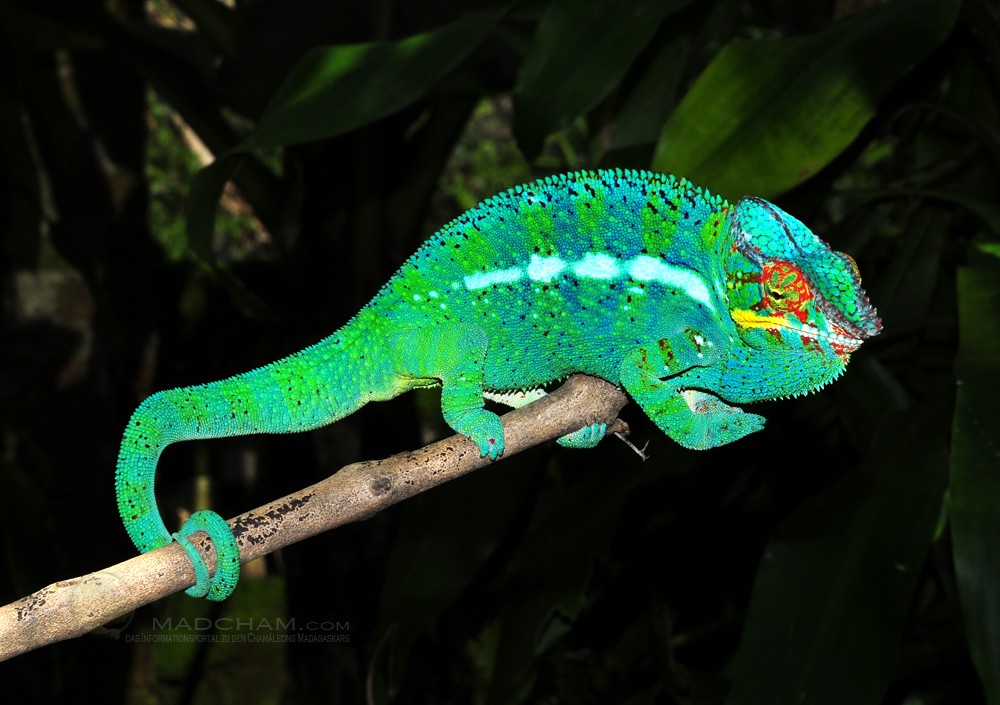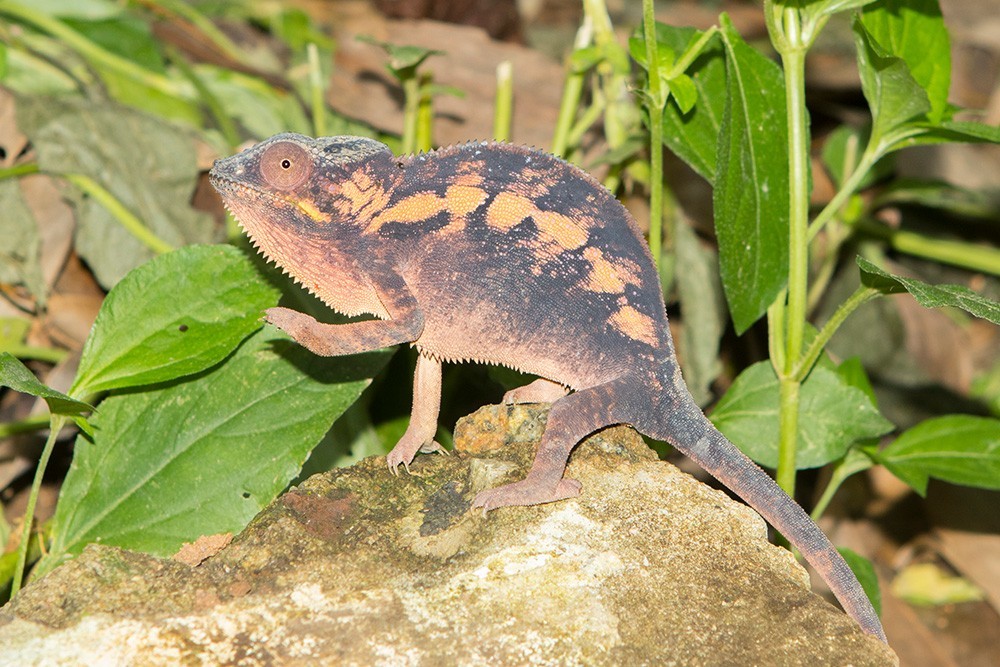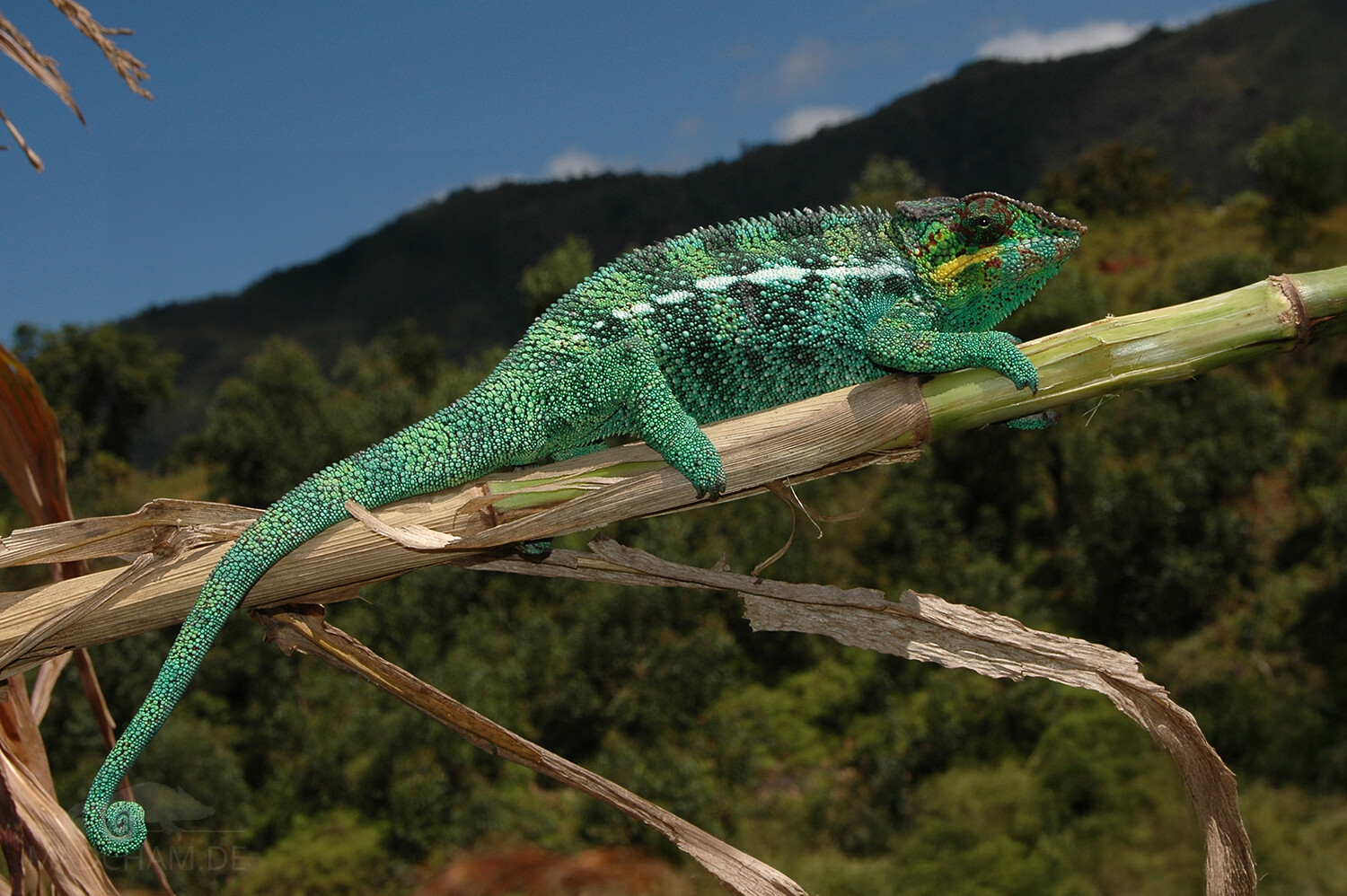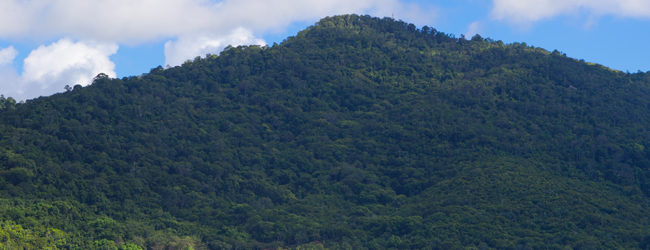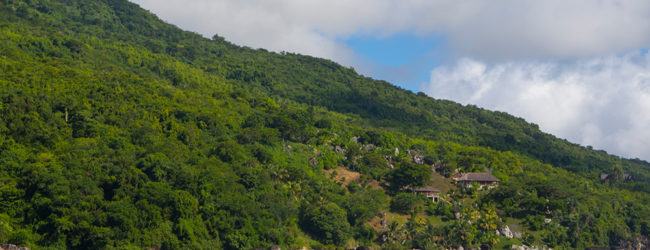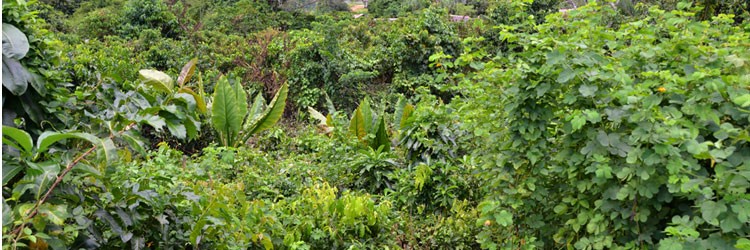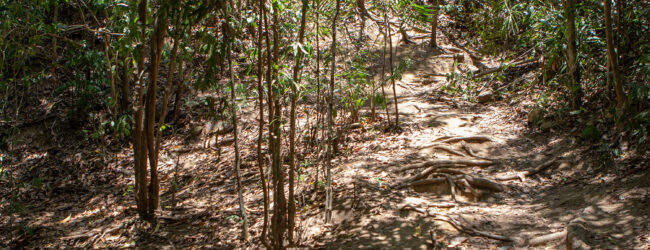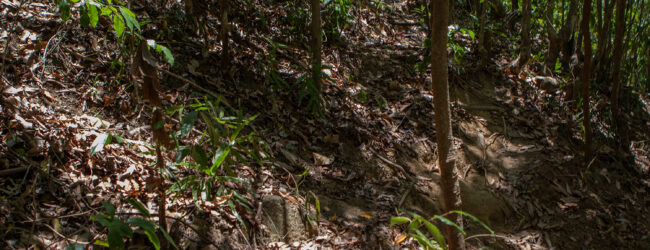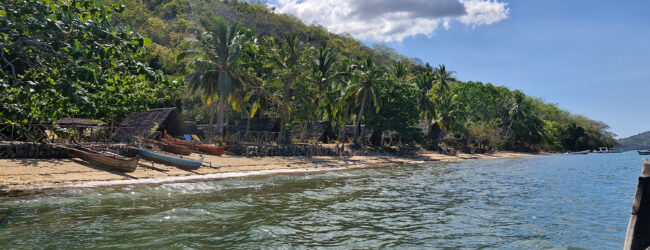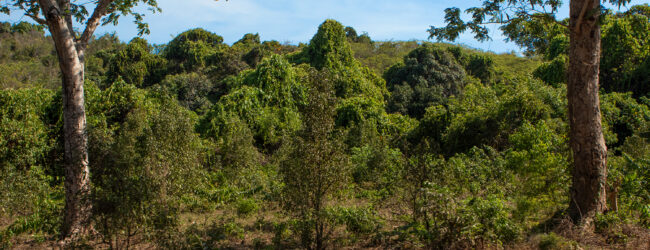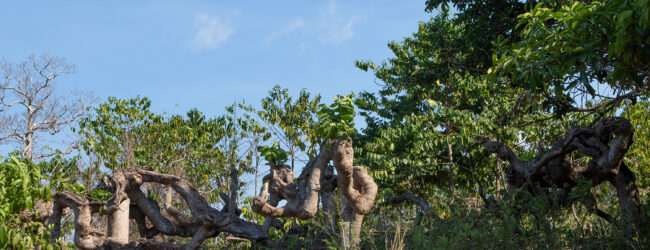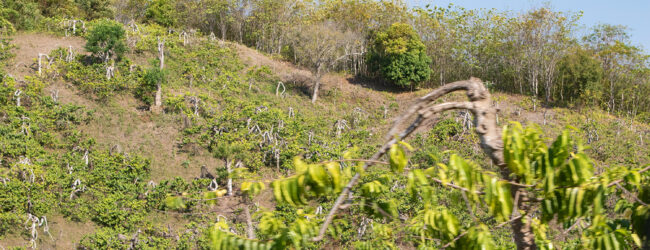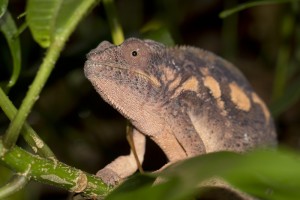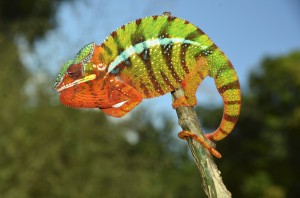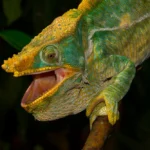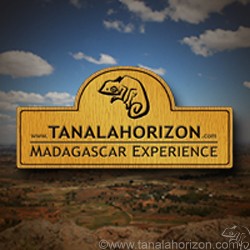Distribution of the local form Nosy Be:
The island of Nosy Be (which simply means ‘big island’) is located in the north-west of Madagascar in the Diana region. It covers an area of around 312 km² and has a population of over 45,000, most of whom live in the island’s largest town, Andoany (known as Hellville in French), and make their living from fishing and tourism. Nosy Be is probably Madagascar’s best-known holiday resort. It is particularly popular with Italian tourists. Nosy Be has a small national park called Lokobe, which covers only 7.4 km² of the island, and a smaller municipal reserve of the same name. Otherwise, Nosy Be lives mainly from its many beautiful beaches. The rest of the island consists mainly of secondary vegetation and countless ylang-ylang plantations. The islands of Nosy Komba, Nosy Faly and Nosy Tanikely are also within easy reach. Nosy Be can be reached by plane via Fascene Airport or by sea from Ankify.
Appearance of the local form:
Due to its complete isolation in the Channel of Mozambique, this island has developed a local form of panther chameleons with high color fidelity. Males are turquoise-greenish or -blueish with blue stripes and red dots. The corner of the mouth is always yellow and the eyelids have red rays. Despite they all look very similar to each other, there are small variations among the panther chameleons here, for example, there are almost completely turquoise blue colored specimens without any stripes.
Weight table
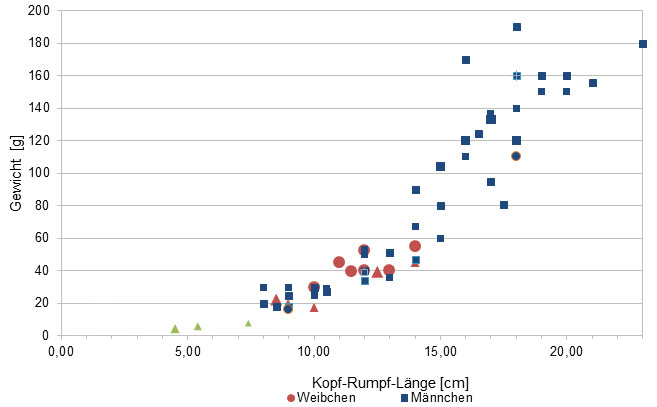
Gewicht = weight in grams, Kopf-Rumpf-Länge = snout-vent-length in cm, Weibchen = females, Männchen = males
Since 2015, we have been measuring the weights of chameleons found by us in Madagascar, as far as the animals (and our scales) participate. In the long term, we aim to obtain an average weight in relation to snout-vent-length (measured from the tip of the nose to the cloaca) for each species from as many measurements as possible. It is important to know that all weights were measured towards the end of the rainy season (= best food supply), so these should be maximum weights on Madagascar. Triangular symbols in females mean not pregnant, round symbols mean pregnant. In Furcifer pardalis, contrary to our original assumption, it has so far turned out that there are no serious differences in the ratio of SVL to weight between the individual local forms.
| Jan | Feb | Mar | Apr | May | Jun | Jul | Aug | Sep | Oct | Nov | Dec | |
| Average temperature | 27 | 27 | 27 | 26 | 25 | 24 | 24 | 25 | 25 | 26 | 27 | 27 |
| Minimum temperature | 23 | 23 | 24 | 23 | 22 | 20 | 20 | 19 | 20 | 22 | 23 | 23 |
| Maximum Ttemperature | 31 | 31 | 31 | 31 | 31 | 29 | 29 | 29 | 30 | 31 | 31 | 31 |
| Rain days | 21 | 19 | 17 | 12 | 8 | 8 | 8 | 8 | 7 | 8 | 11 | 17 |
We have collected the data given above over several years with thermometers and hygrometers at the finding places of the chameleons. "Average temperature" means that values of a whole month have been calculated to one average value per month. For example all measured minimum temperature values of February have been calculated to one average minimum temperature for February. In plain language, this means single peak values of a day may be a little higher or lower than the average minimum and maximum temperatures. It is possible that a location has an average maximum temperature of 29°C, but one day during that month it had 33°C or even 35°C there.
Climate on the islands in front of Madagascar's north west coast is very warm all year long. Temperatures over 30°C are usual. In the night, temperatures hardly drop below 25°C, during rainy season they may drop much lower until 19°C.
Durin rainy season, it rains a lot and very often. From April to October, climate is mainly dry and sunny on the islands, but it still rains shortly on a regular base.
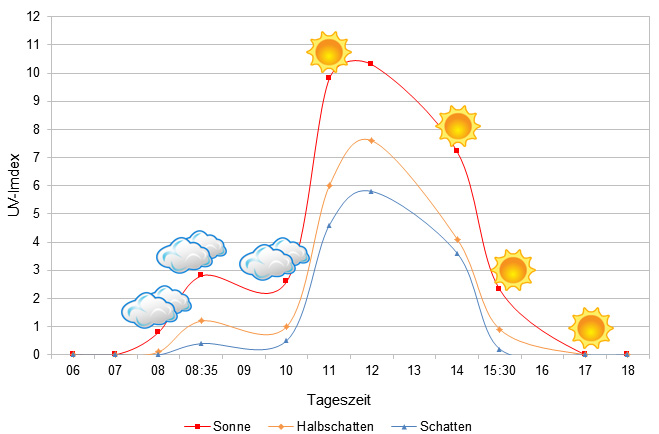
We have measured UVB data with a Solarmeter 6.5 in spring (end of March) at the peak of activity of chameleons in Madagascar. We always measured the values that a chameleon could maximally reach in its habitat.
Habitat:
The panther chameleons of Nosy Be inhabit three different types of habitat. One is the island’s last rainforest, Lokobe National Park. It is located on a mountain that is densely covered with trees. The ground is very rocky and many small streams run through the dense rainforest. Mosses, ferns and lianas can be found everywhere. The second habitat is the Lokoe Reserve, which consists of low dry forest with many rather thin trees. And the third habitat of the panther chameleons on Nosy Be is the exact opposite of the previous two: open landscapes in the secondary vegetation of the rest of the island. Ylang-ylang plantations with their gnarled, low-cut trees, palm trees, bushes and overgrown hotel gardens – virtually everything is colonised.

